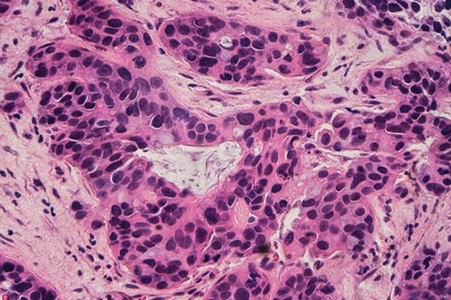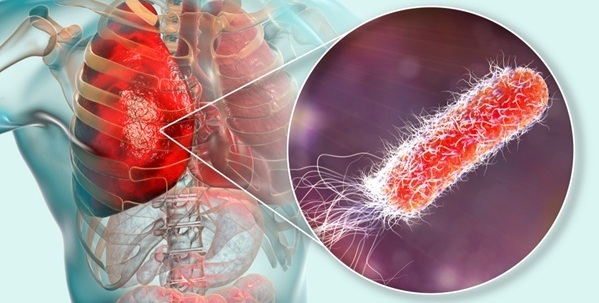Urinary Microbiome Linked to Prostate Cancer Risk
Posted on 02 May 2022
Prostate cancer is the most common non-skin malignancy in men in developed countries, with over 250,000 deaths annually worldwide. The clinical course of prostate cancer is highly heterogeneous, and critical decisions are made about the likelihood of aggressive disease based on information obtained at presentation.
Determining urinary biomarkers to identify aggressive prostate cancer is an area of growing interest. Material secreted by the prostate gland appears in the urine, and reflux of urine into the prostate is well established, supporting the existence of a prostate-urine loop.

Urology Oncologists at the Norwich Medical School (Norwich, UK) used urine samples collected from 318 people in the UK who were being assessed for prostate cancer or for blood in their urine. They then examined the patients’ health outcomes for up to six years after the sample was taken. Urine sediments and extracellular vesicle fractions were prepared, with an additional step for the detection of bacteria by microscopy. Prostate secretions were collected via manual compression of the excised prostate less than 20 minutes after prostatectomy.
DNA was extracted from urine sediment with repeated bead-beating extraction to maximize bacterial DNA yield. Bacterial 16S DNA was amplified and sequenced (V1-V3/V3-V5 hypervariable regions). Quantitative polymerase chain reaction (qPCR) assays detected several bacterial genera and species. Urine extracellular vesicle total RNA was extracted from 40 urine samples and were sequenced.
Urine or prostate secretion samples were inoculated into pre-reduced PY broth or Brucella blood agar plates with 5% sheep blood and vitamin K1/hemin supplementation (Becton Dickinson GmbH, Heidelberg, Germany), and grown in an anaerobic cabinet. Pure colonies were picked and prepared for DNA extraction, and sequenced with Nextera XT library preparation on a MiSeq (Illumina, San Diego, CA, USA) using V3 reagents (2 × 300 bp). MinION nanopore sequencing (Oxford Nanopore Technologies, Oxford, UK) was used on three novel species for hybrid assembly (Unicycler).
The investigators demonstrated an association between the presence of bacteria in urine sediments and higher D’Amico risk prostate cancer. Characterization of the bacterial community led to the identification of four novel bacteria (Porphyromonas sp. nov., Varibaculum sp. nov., Peptoniphilus sp. nov., and Fenollaria sp. nov.) that were frequently found in patient urine, and a definition of a patient subgroup associated with metastasis development. The presence of five specific anaerobic genera, which includes three of the novel isolates, was associated with cancer risk group, in urine sediment, urine extracellular vesicles, and cancer tissue, with a meta-analysis hazard ratio for disease progression of 2.60.
Rachel Hurst, PhD, a Senior Research Associate and first author of the study, said, “We have identified a group of five bacterial genera linked with high-grade prostate cancer and more rapid progression to aggressive cancer.”
The authors concluded that their results established the importance of bacteria present in urine and the prostate as potential prognostic markers and, when considered together with data from other studies, provide a starting point for future investigations into the roles of bacteria in prostate cancer pathogenesis and evolution. The study was published on April 18, 2022 in the journal European Urology Oncology.
Related Links:
Norwich Medical School
Becton Dickinson
Illumina
Oxford Nanopore Technologies














